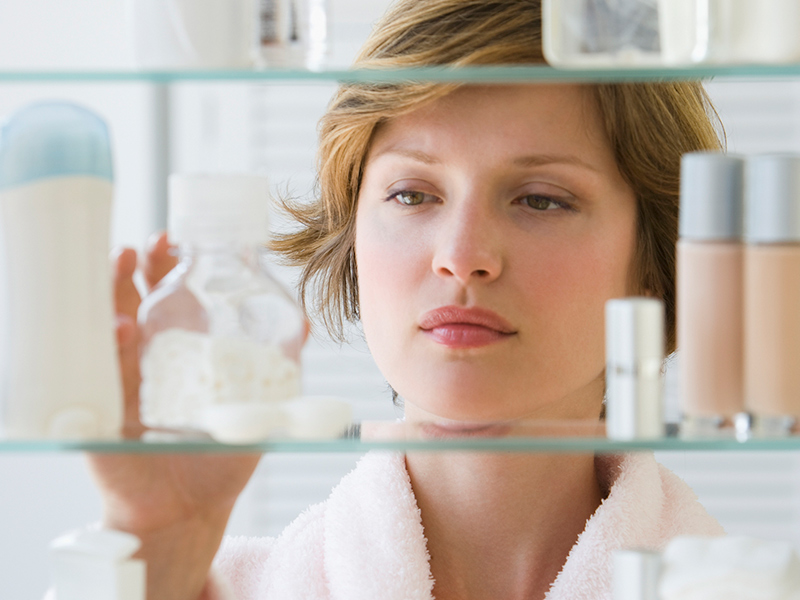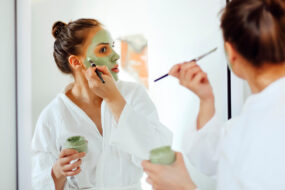Why beauty product storage matters – and it’s not just about being tidy
Australian women happily spend up on their beauty products, but not storing them correctly means we’re not getting bang for our buck.
It’s no secret Australians are big spenders when it comes to beauty, as women fork out an average of $3600 each on products per year.
However, there’s a collective lack of conscientiousness when it comes to how beauty investments are stored, and this can reduce product shelf life.
Where should beauty products be stored?
Turns out, there’s a reason why most cosmetics and skincare products are recommended to be stored in a cool, dry place.
Although a lot of beauty products contain preservatives that extend shelf life, much of this can come undone in the heat.
“Sunlight exposure and heat can impact the stability of certain formulations in skin care and make-up and can make them lose effectiveness, separate or even make them go bad,” dermal clinician Maria Arvanitis says.
“Some products are best stored at room temperature (22 degrees), while others require refrigeration.
“It’s important to follow the guidelines of each product, rather than refrigerate all your skincare items for instance, as this can actually hinder product performance if it’s not designed to be stored in cooler conditions.”
This extends to active skincare and fragrances, which is why delicately formulated products and active skincare products should always be stored in a cold, dark location like a cupboard away from direct sunlight.
If you find your perfumes or Vitamin C serum are yellowing, that’s a tell-tale sign the formulation is going off.
If this is occurring before its use by date, then direct sunlight and heat are probably the culprit.
“A lot of people like to display their beauty products, particularly fragrances, but my advice is to not do this,” Maria says.
- Common mistakes: Seven beauty blunders you’re probably making
How to find the shelf life of your beauty products
These days, most beauty products have a PAO label, which stands for “period after opening”, and refers to the number of months a product is safe to use, beginning from the date it’s opened.
Traditionally products for the face tend to have the shortest shelf life, while wax-based products tend to last longer because they can’t develop bacterial contamination.
Since use-by dates differ product-to-product, online tools like this Cosmetic Calculator can help you quickly identify the shelf life of specific products.
Safe storage ideas for your beauty products
There are a number of make-up storage organisers on the market – and you don’t have to spend a lot of money.
IKEA’s Alex Drawer has long reigned supreme as the make-up storage du jour, popularised by YouTube beauty gurus and celebrities alike.
White, tall, and skinny; it couldn’t look more basic appearance-wise, but it offered a highly practical solution to storing products in a cold, dry space away from direct sunlight.
Due to its popularity, countless storage dividers and containers have been designed to perfectly fit inside the Alex drawer unit measurements.
And while the drawer is one of the more accessible and affordable options on the market, this method of storage can be replicated with various other storage systems.
Look for options that organise your products while shielding them from heat and sunlight.
- Healthy living: Why you should take a ‘shelfie’
Written by Charlotte Brundrett.




